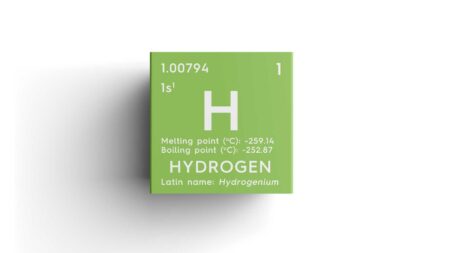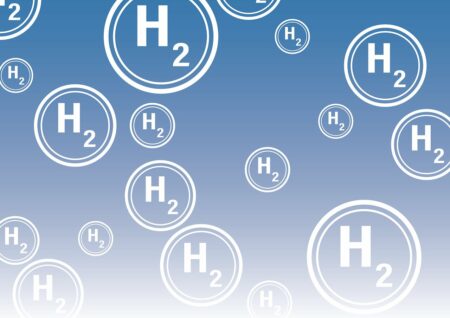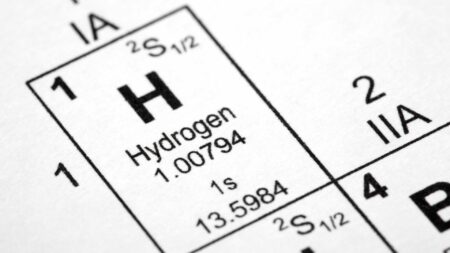Researchers have been looking for effective and affordable ways to use aluminum’s strong reactivity to create clean hydrogen fuel for many years.
According to a recent study, aluminium nanoparticles made from a gallium and aluminium composite are capable of reacting with water at ambient temperature quickly to release huge amounts of hydrogen.
Aluminum is a very active metal that may make hydrogen by removing oxygen from water molecules. Aluminum is frequently used in items that are prone to getting wet and is safe to use since it interacts with air right away to generate a layer of aluminium oxide that stops further reactions.
Researchers have been looking for effective and affordable ways to use aluminum’s reactivity to create clean hydrogen fuel for many years. According to a recent study by scientists at the University of California, Santa Cruz, aluminium nanoparticles made from a gallium and aluminium composite are capable of reacting with water at ambient temperature swiftly to release a significant amount of hydrogen. Gallium is easily recyclable and reusable following reactions, therefore all aluminium reactions in composite materials should potentially generate 90% hydrogen.
The co-authors of a recently found paper are chemistry and biochemistry professors Oliver and Bakthan Singaram. The passive aluminium oxide layer can be removed by liquid gallium above room temperature, allowing aluminium to come into touch with water directly. This new study does, however, contain some original and novel discoveries that might have real-world implications. A US patent application has been made for this technology.
In previous research, more complicated alloys or combinations of aluminium and gallium with a high aluminium content were frequently used. But, Singaram’s lab has shown that utilising composites rich in gallium can boost hydrogen generation. Because of the unusually high rate of hydrogen production, scientists think that this gallium-rich alloy must be fundamentally different.
Oliver’s laboratory has the tools needed for alloy nanoscale characterisation, and he believes the development of aluminium nanoparticles can explain the rise in hydrogen generation. The researchers discovered that a 3:1 gallium aluminium composite material forms aluminium nanoparticles and that this is the best ratio for producing hydrogen through scanning electron microscopy and X-ray diffraction.
Gallium can both dissolve the aluminium oxide layer and separate aluminium into nanoparticles in this gallium-rich composite material. This composite material can be created with just a little manual mixing.
Using pre-made aluminium components, such as old aluminium foil or cans, this composite material can be wrapped in cyclohexane to avoid moisture buildup during long-term storage.








